The self-conscious Indus people produced something distinct in every field of activity, including art and craft. The Harappans introduced the ceramic wares, metal and lithic tools and regulated trade. The Indus phase of art stands for the originality of form and content which was treated with metaphysical approaches and canonized in the later phases of Indian art history. On the basis of physical features, the territorial extent of the Indus Empire can be divided into four provinces, namely Western, Central, Eastern and Southern provinces. This book draws attention on the ceramic designs, seals, sculpture, jewellery and lapidary in both Provincial and Metropolitan style from the sites like Harappa, Mohenjo-daro, Lothal, Rangpur, Kalibangan, Surkotada, Daimabad and others. This would help our younger generation to read a simple book as this on the story of the Indus people who have led such a lifestyle and left behind certain innovative creation which are significant even today. The content of the book is simple only to reaffirm our belief in the living tradition which has the fragrance of the bygone era.
Ritual Enactment in Temple Tradition: Cheluvanarayana Svami Temple Melukote
The Indira Gandhi National ...
$56.70
$63.00

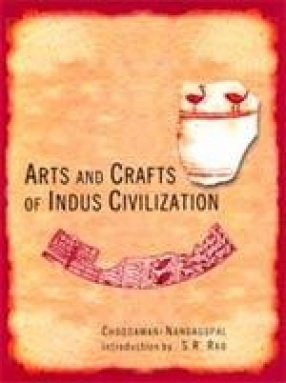
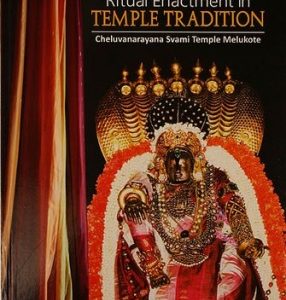
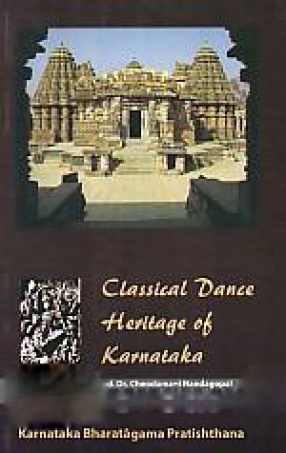

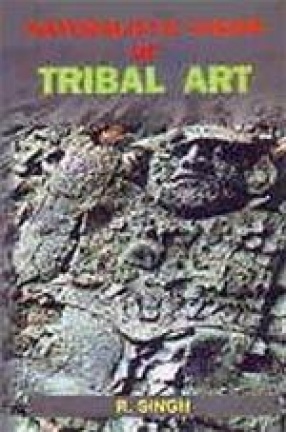
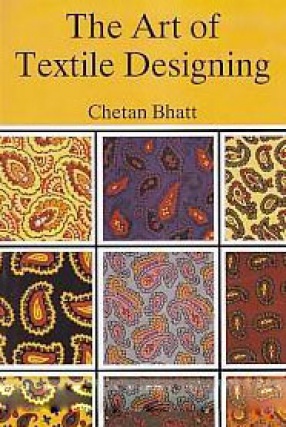
There are no reviews yet.